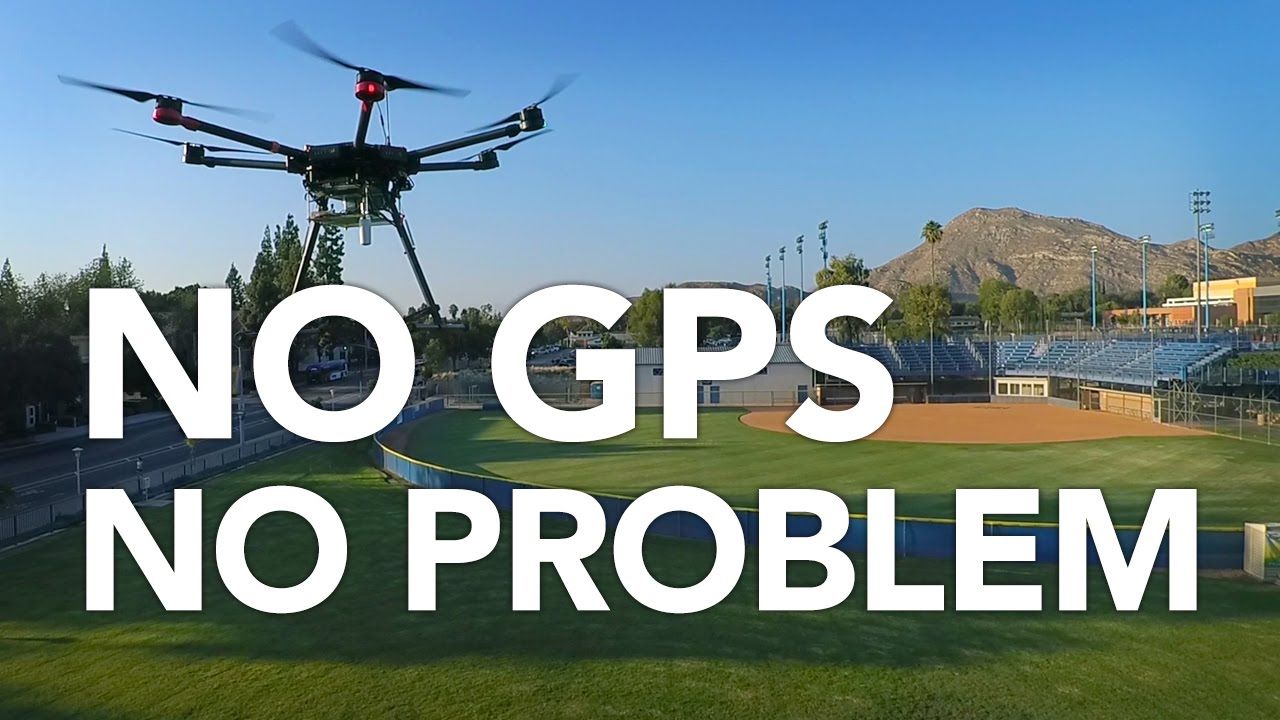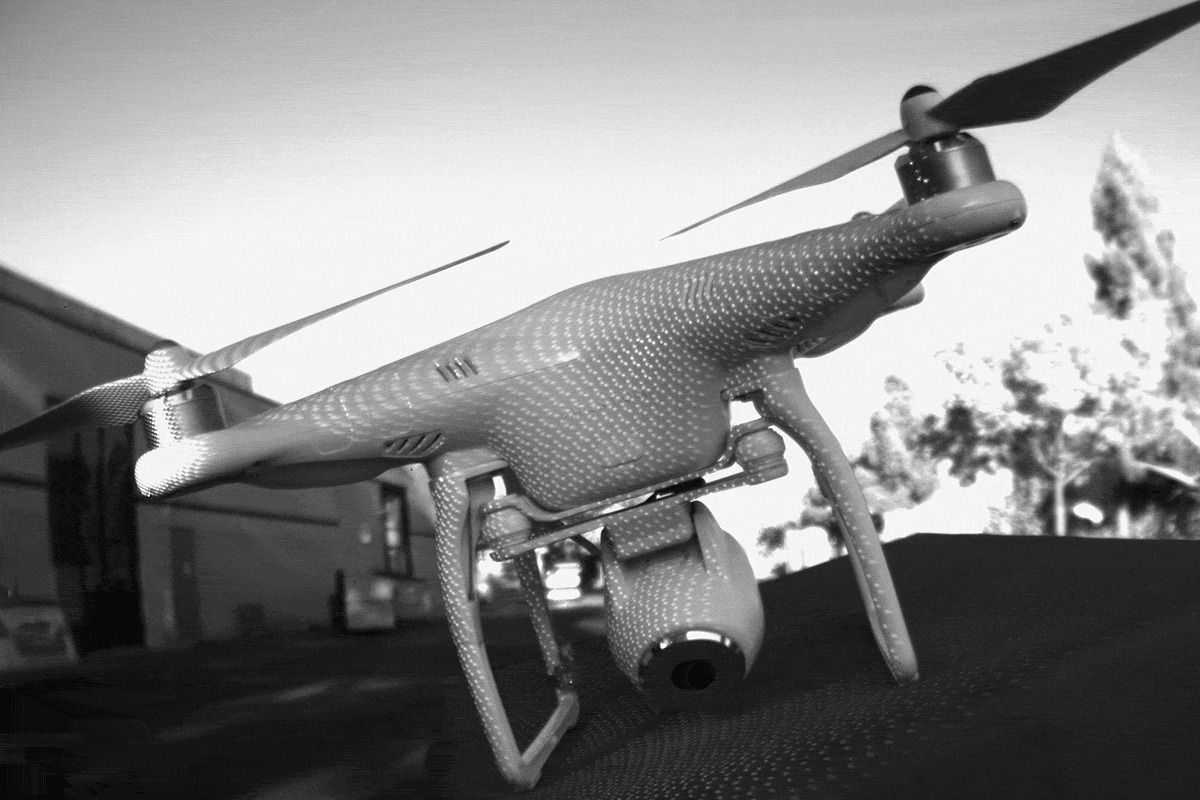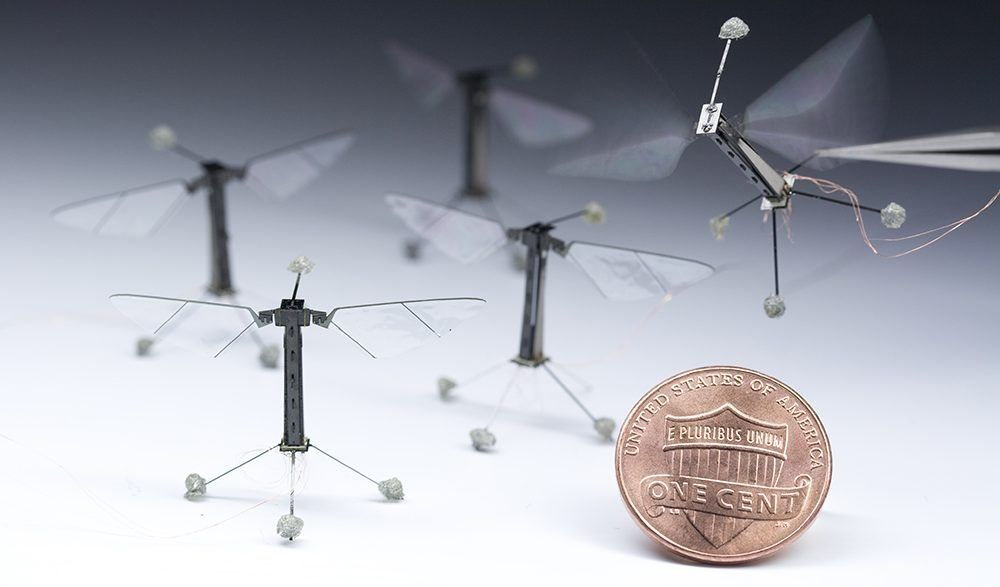The Global Positioning System (GPS) is a great navigation aid – unless you lose the signal while negotiating a complicated spaghetti junction. That’s bad enough for conventional cars, but for autonomous vehicles it could be catastrophic, so the University of California, Riverside’s Autonomous Systems Perception, Intelligence, and Navigation (ASPIN) Laboratory under Zak Kassas is developing an alternative navigation system that uses secondary radio signals, such as from cell phone systems and Wi-Fi to either complement existing GPS-based systems or as a standalone alternative that is claimed to be highly reliable, consistent, and tamper-proof.
Today, there are two global satellite navigation systems in operation, the US GPS and the Russian GLONASS, with the European Galileo system set to become fully operational in the next few years, and plans for the Chinese Beidou system to extend globally by 2020. These have revolutionized navigation, surveying, and a dozen other fields, but GPS and related systems still leave much to be desired. By their nature, GPS signals are weak and positions need to be confirmed by several satellites, so built up areas or mountainous areas can make the system useless. In addition, GPS signals can be deliberately or accidentally jammed or spoofed due to insufficient encryption and other protections.
In military circles, various supplementary systems are employed with everything from submarines to foot soldiers also using Inertial Navigation System (INS) that emply accelerometers and compasses to calculate positions from the last good GPS fix, but these only work for a limited time before they start to drift.









